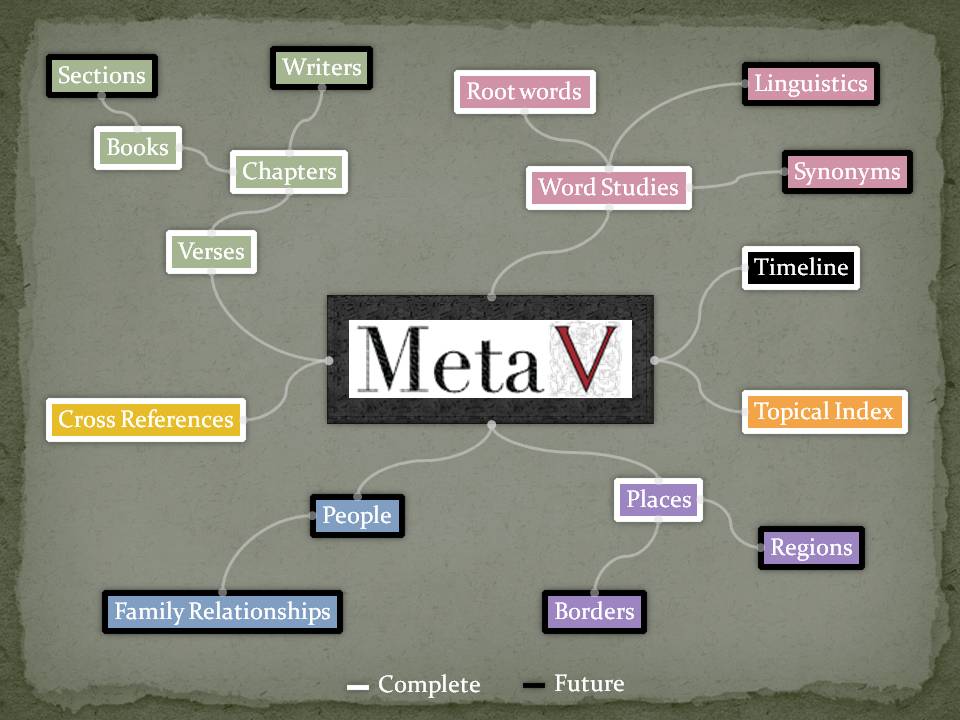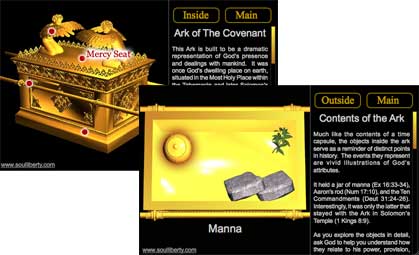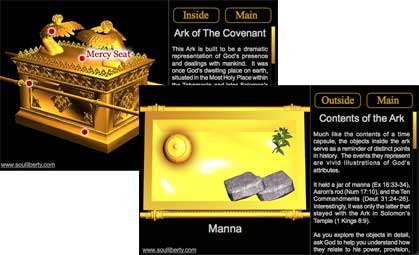 Today, a popular church tech blog, ChurchMag, listed my site as number 14 on their 2012 list of “Top 20” blogs in that class based on website stats, social media networks, and Google PageRank. Newcomers here may be wondering how this site fits in among that list since most of my posts are not focused on gadgets, social media, or apps designed to help your ministry. So, here’s a quick introduction to SoulLiberty.com and why I think it belongs in the “tech” category.
Today, a popular church tech blog, ChurchMag, listed my site as number 14 on their 2012 list of “Top 20” blogs in that class based on website stats, social media networks, and Google PageRank. Newcomers here may be wondering how this site fits in among that list since most of my posts are not focused on gadgets, social media, or apps designed to help your ministry. So, here’s a quick introduction to SoulLiberty.com and why I think it belongs in the “tech” category.
I tend to be a “power user” or even a creator of technology meant to help spread the knowledge of the Gospel of Jesus Christ. I share ideas on a very wide range of topics of concern to Christians. I have covered abortion, science, design, prophecy, data visualizations galore, and created a handful of simple apps. My communication style is mainly oriented toward demonstrating new concepts instead of discussing them. For instance, I could have written a post on how useful I thought Wolfram|Alpha could be and linked to a couple of things there. But, I didn’t. I wrote on the size of the New Jerusalem and embedded a Wolfram|Alpha widget that lets you type the size of one person’s “house” and let it tell you how many of those “houses” could fit in that city.
Most of the time the “tech” part of this site is subtle like that. The main exception is MetaV, my ever-expanding project to collect, visualize, and communicate data on biblical people, places, and periods of time. Some of the visualizations using the data in MetaV are featured on the home page. Others can be found under “Tools.”
Years ago when I started this site, I wrote this about the internet:
As we marvel at the technological achievements of our time, God finds a new way every day to remind me that the inventors of this virtual universe are worthy only to worship at the feet of the Creator of the actual universe.
I still feel that way all the time (you can read more on the “About” page). My hope is that readers would come to see things that way, too, but also recognize the rich opportunities before us. I want to make the most of the achievements in the Information Age to evangelize a lost world and train up disciples that grow in grace and the knowledge of the truth. If you’re a new reader or just someone I haven’t heard from before who feels the same way, I’d love to hear from you in the comments below or on Google+.




